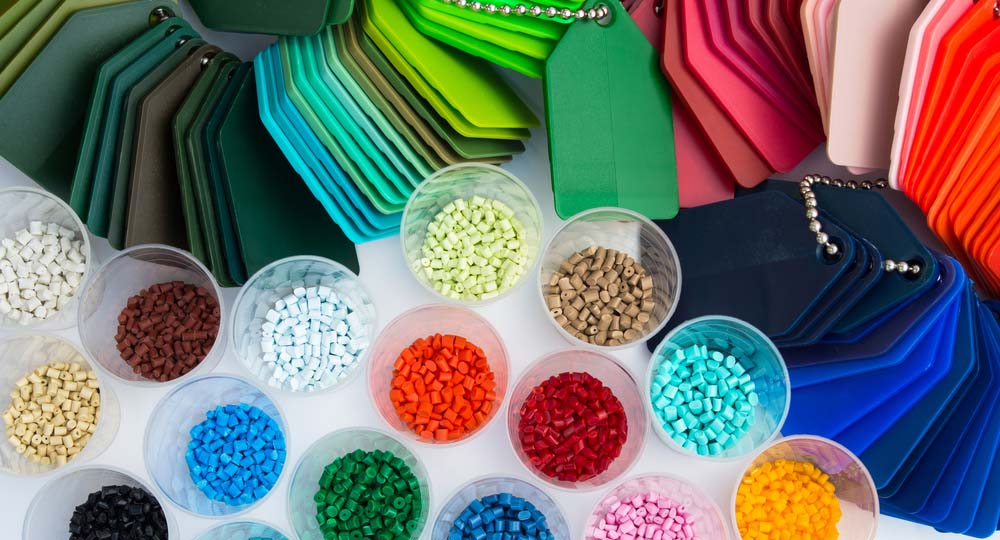REACH Restricted Phthalates in Toys and Childcare Products
The European Union's Registration, Evaluation, Authorization and Restriction of Chemicals (REACH) regulation plays a critical role in ensuring the safety of toys and childcare products. Among these restrictions, phthalates are particularly scrutinized due to their potential health impacts on young children. Compliance with REACH is essential for manufacturers, importers, and distributors operating within or exporting to the European Union.
Phthalates are a group of chemical compounds widely used in the production of flexible plastics such as those found in toys and childcare products like teething rings, pacifiers, and soft baby dolls. However, certain phthalates have been identified by regulatory bodies as posing risks to human health, especially for infants and young children.
Under REACH regulations, the following phthalates are restricted or banned in toys and childcare articles intended for use by children under 14 years of age:
- Dibutyl phthalate (DBP)
- Diisobutyl phthalate (DiBP)
- Butyl benzyl phthalate (BBP)
- Dioctyl phthalate (DOP)
The European Chemicals Agency (ECHA) maintains a list of substances that are subject to REACH regulations. The restrictions on these phthalates aim to prevent their release into the environment and reduce exposure, particularly during use or incidental ingestion.
Our laboratory provides comprehensive testing services for restricted phthalates in toys and childcare products. By adhering to the latest regulatory requirements and using state-of-the-art analytical techniques, we ensure accurate and reliable test results that meet your compliance needs.
The testing process involves several key steps: specimen preparation, analysis, and reporting. Specimen preparation is crucial for ensuring a representative sample of the product. This often includes cutting or slicing samples to expose the internal structure where phthalates may be present. Once prepared, the samples are analyzed using advanced analytical techniques such as Gas Chromatography-Mass Spectrometry (GC-MS) or Liquid Chromatography-Tandem Mass Spectrometry (LC-MS/MS).
The results of these tests provide a quantitative measure of the levels of restricted phthalates in the product. Compliance with REACH regulations requires that the concentration of any restricted phthalate does not exceed 0.1% by weight.
Our testing service is designed to help you stay ahead of changing regulations and ensure your products meet all legal requirements. By partnering with our laboratory, you can mitigate risks associated with non-compliance and build trust with your customers and stakeholders.
In summary, the testing of restricted phthalates in toys and childcare products under REACH is a critical aspect of product safety. Our comprehensive testing service ensures compliance with regulatory requirements, providing accurate and reliable results that are essential for maintaining market access and consumer confidence.
Applied Standards
To ensure the accuracy and reliability of our test results, we strictly adhere to international standards such as:
- ISO 8682:2015 - Identification of plasticizers in materials and articles intended for use by children under 3 years old, including toys.
- ECHA's List of Restricted Substances
These standards provide clear guidelines on the identification and quantification of restricted phthalates, ensuring consistency in our testing methods.
Scope and Methodology
The scope of our REACH restricted phthalate testing service includes toys and childcare products intended for use by children under the age of 14. This includes but is not limited to:
- Toys: Dolls, stuffed animals, building blocks, and educational toys.
- Childcare Products: Teething rings, pacifiers, baby bottles, and soft baby dolls.
The methodology for our testing involves several key steps:
- Sample Preparation: Specimens are carefully selected to ensure they represent the product's internal structure where phthalates may be present. This often includes cutting or slicing samples.
- Analysis: Advanced analytical techniques such as Gas Chromatography-Mass Spectrometry (GC-MS) and Liquid Chromatography-Tandem Mass Spectrometry (LC-MS/MS) are used to quantify the levels of restricted phthalates.
- Reporting: Our reports provide detailed results, including concentrations of each restricted phthalate detected. Compliance with REACH regulations requires that no more than 0.1% by weight of any restricted phthalate is present.
We also offer additional services such as risk assessments and recommendations for minimizing the use of restricted substances in your products.
Competitive Advantage and Market Impact
- Compliance Assurance: By partnering with our laboratory, you can ensure that your products comply with all relevant regulations, thereby reducing the risk of legal penalties.
- Risk Mitigation: Our testing service helps identify and mitigate potential risks associated with non-compliance, protecting your brand's reputation and market position.
- Customer Confidence: Demonstrating compliance with REACH regulations can enhance customer confidence and trust in your products.
In the competitive toy and childcare product market, compliance with regulatory standards is increasingly important. By ensuring that your products meet these requirements, you can differentiate yourself from competitors who may not be as diligent in their testing practices. Our laboratory offers a reliable and efficient service to help you maintain your market position.





